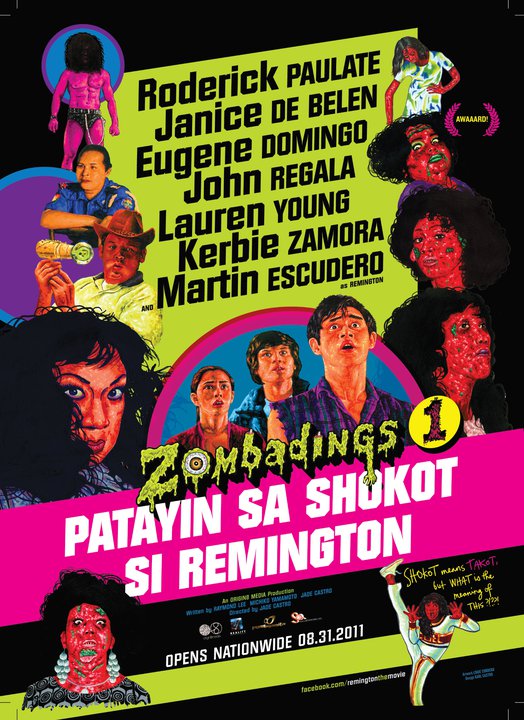Language in the Written Word

The Philippines is home to more than a hundred languages (and that’s not counting the number of dialects). But there are only two official languages in the country: English and Filipino. The official languages, especially Filipino (a lot of which is based on the Tagalog language), is always the subject of debate. And both languages are arguably the products of a dominant culture enforcing its will on another: the former by Americans and the second by what could be considered the “mainland” in the Philippines, Manila. In schools, we are taught to be fluent in one language or the other, but the mingling of both languages is discouraged (and in most cases, will count as an error). In English class, we’re not allowed to use Filipino. In Filipino class, we’re not allowed to use English. And yet, both Filipino and English are inevitably used in both classes. In actual practice, the mingling of several languages is the norm. For those who can speak both languages, this is usually called Tag-lish. In my community, since I am also ethnically Chinese, our variation is Chi-tag-lish, as we mix our version of Chinese (usually Hokkien) with Filipino and English. This phenomenon is not unique to the Philippines, and other countries will have their own variations. Take Singapore and Singlish, for example.

